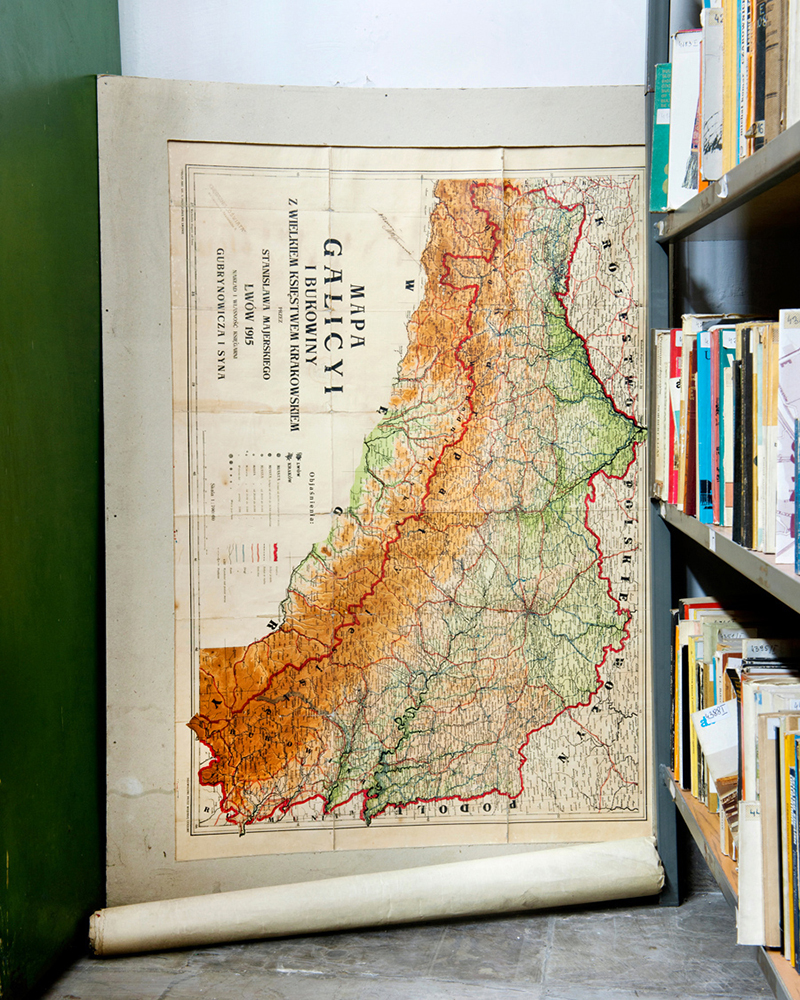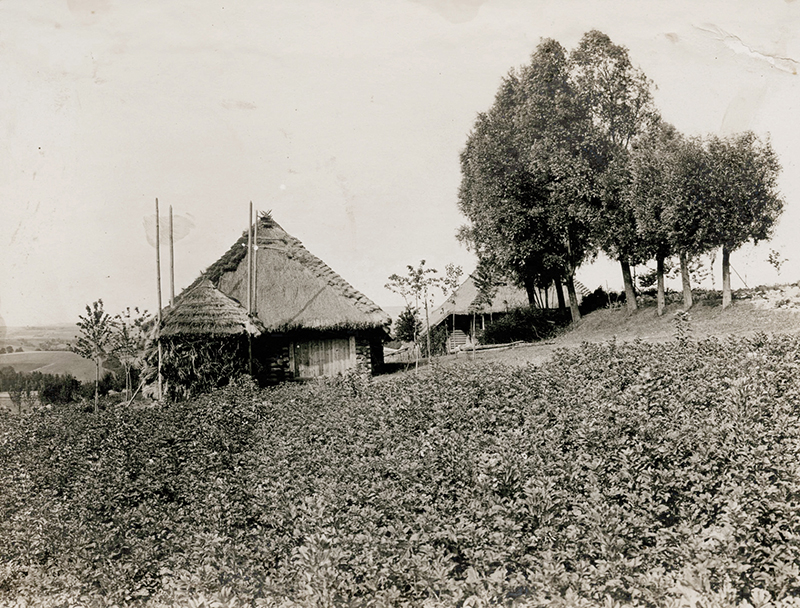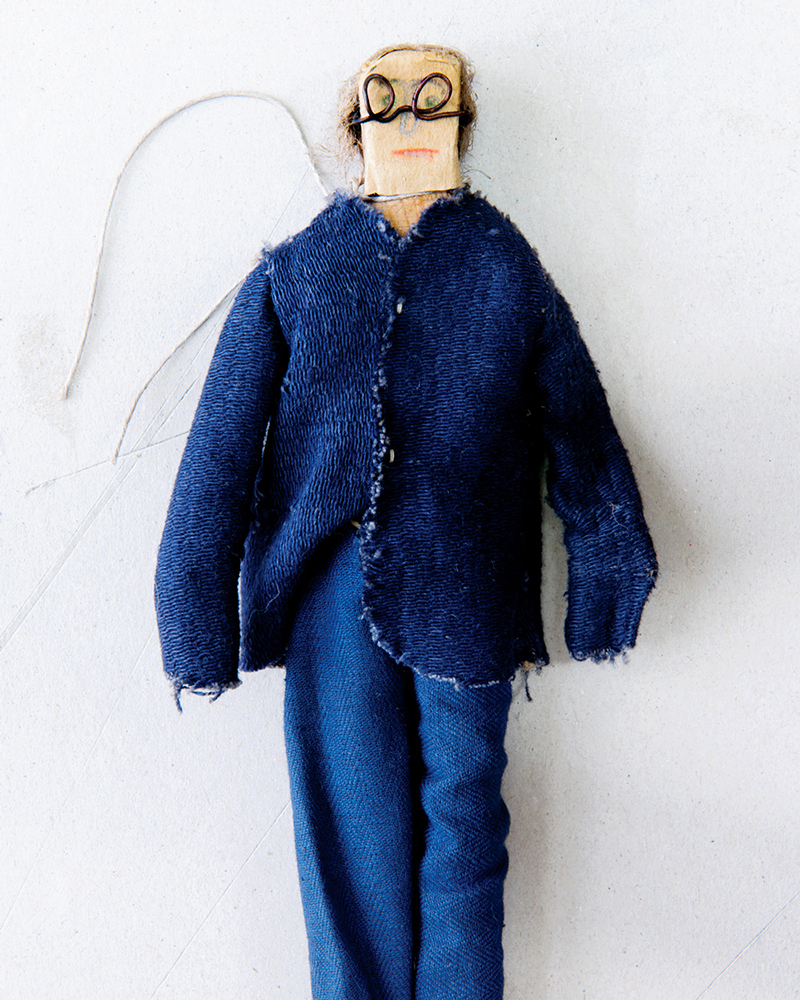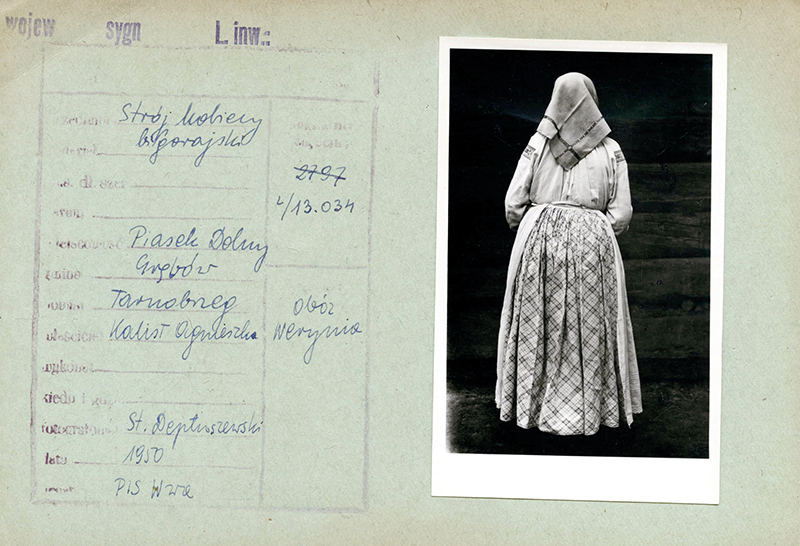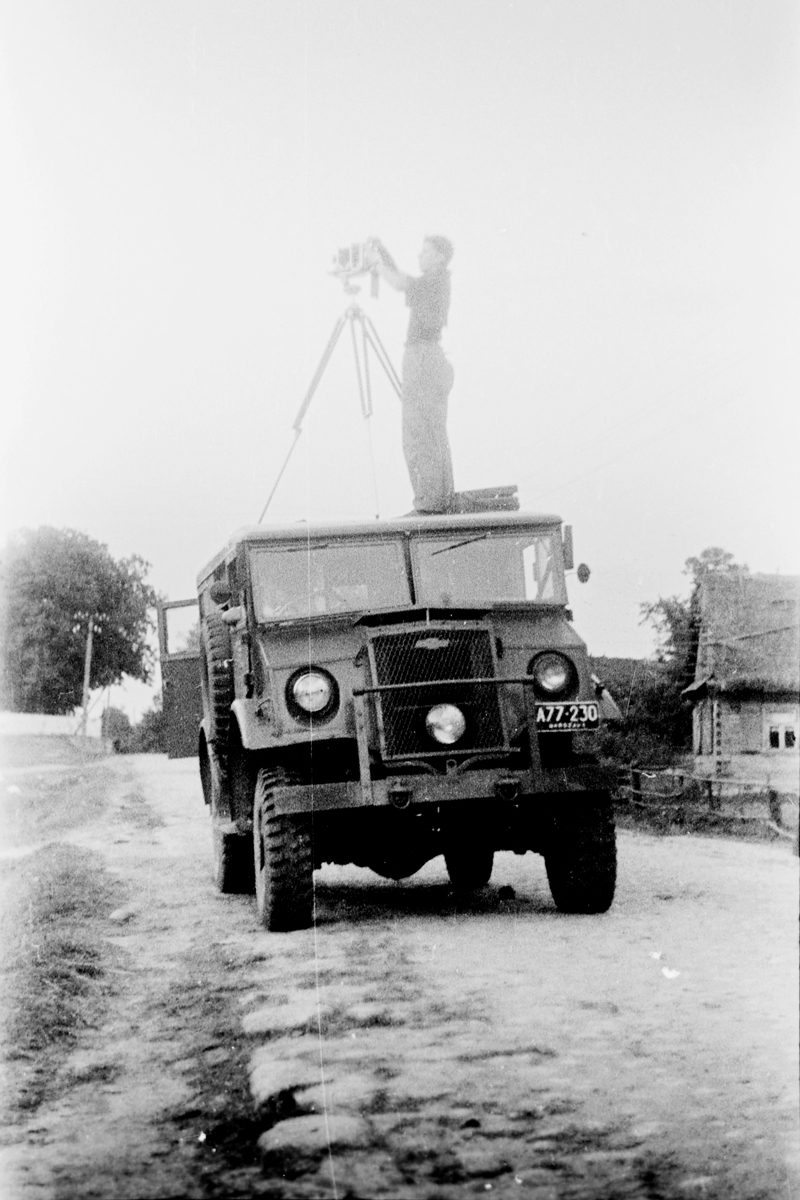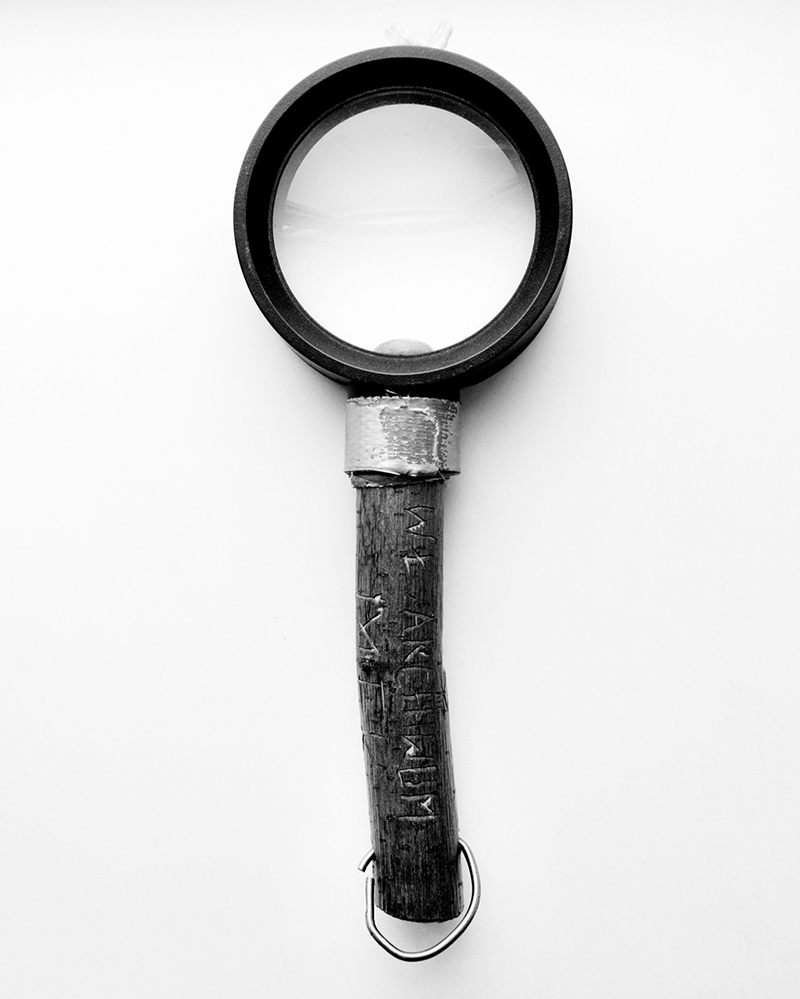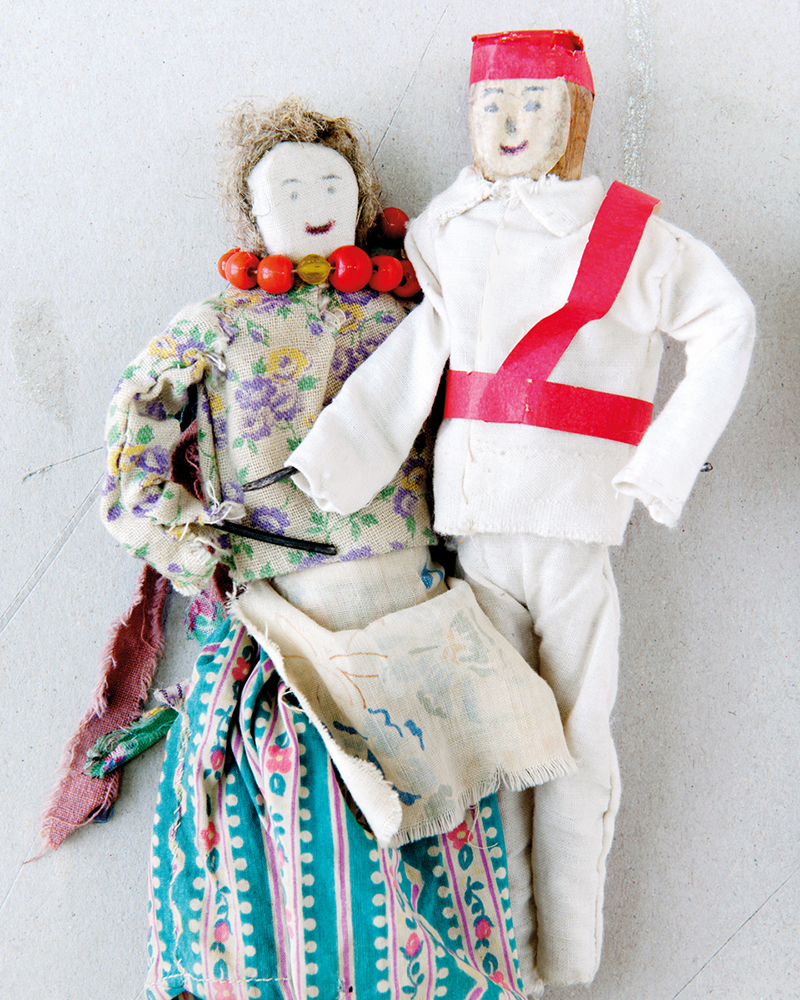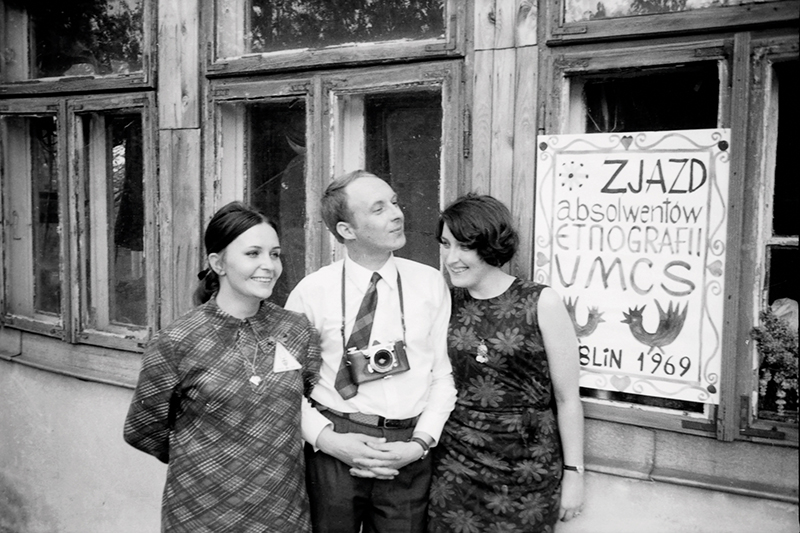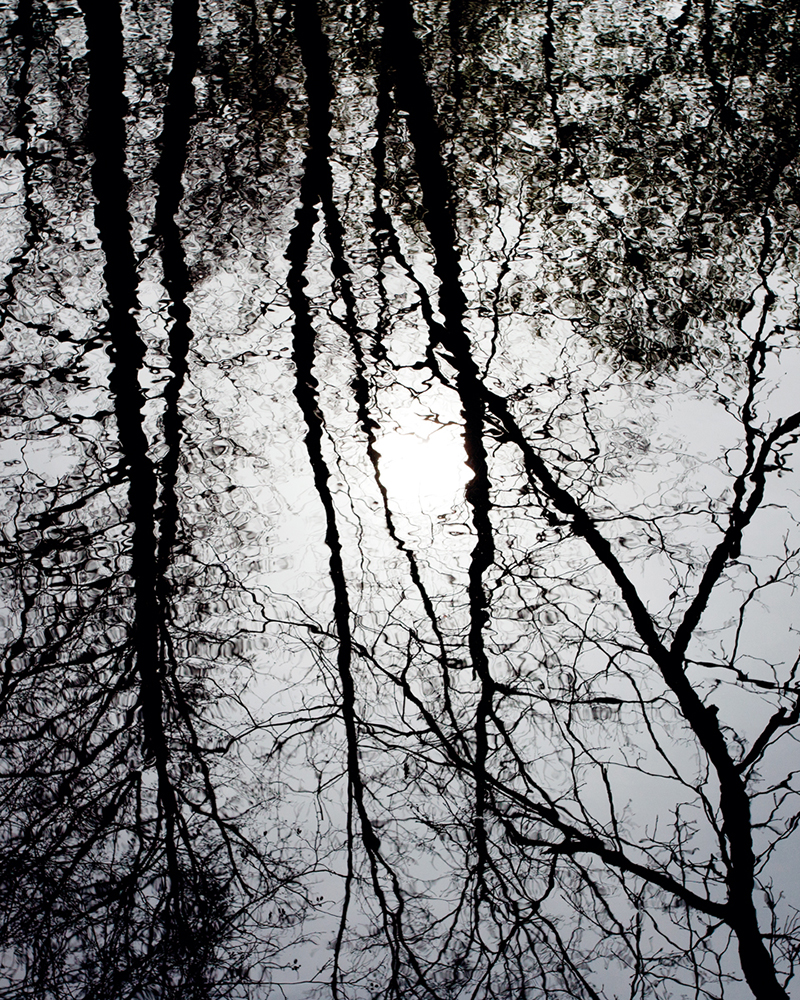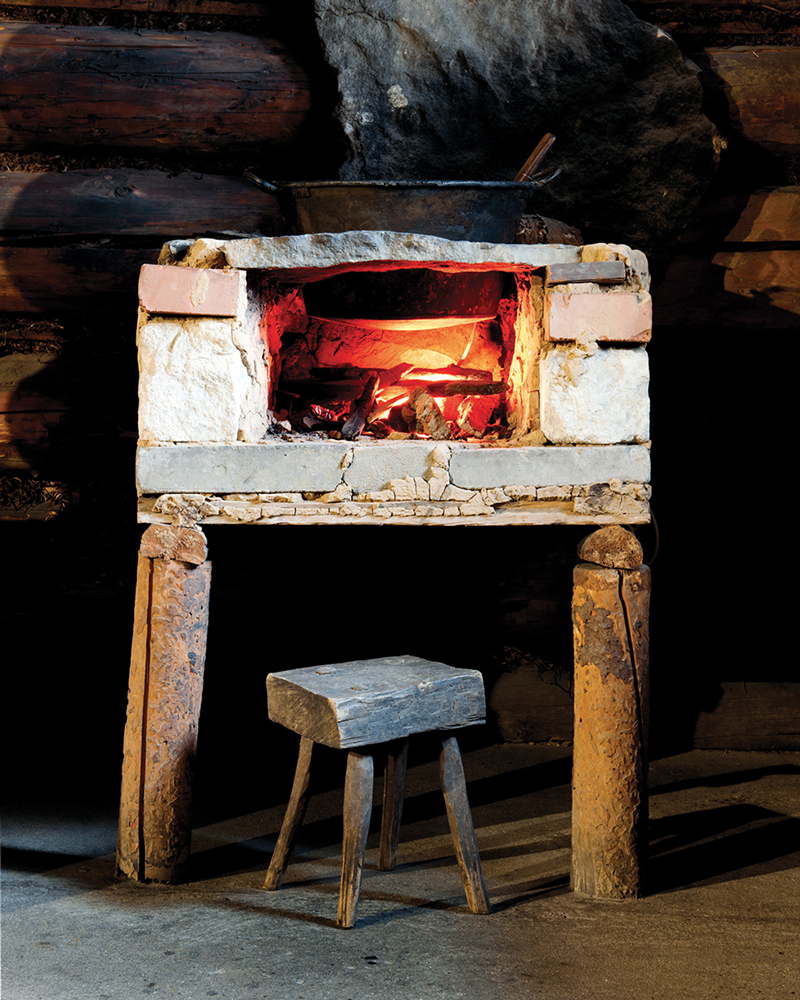Aaron Schuman – FOLK
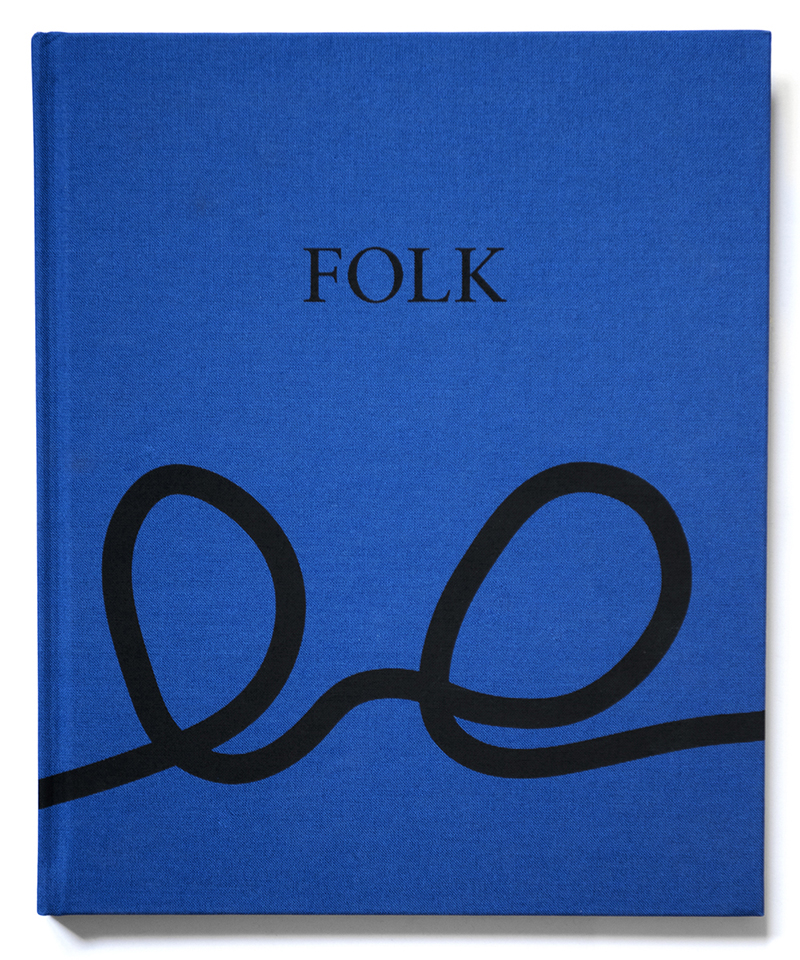
The ideas that we make use of in order to define the relationship we have to the world around us and to our histories often come to carry more weight that they might reasonably be expected to bear. At the same time, and despite fragility, such defining concepts become a short-hand way of describing those relationships and, to a certain extent, absolve us from having to examine them more closely. The notion of ‘folk’ is one important example of this, whether it is being applied to a culture, a set of customs or even to individual people, flattening out real differences, to create a conceptual space that is basically unchanging and a-historical, as if what it encompasses were somehow outside of time. Furthermore, ‘folk’ is a concept that is never self-applied, but belongs to observers whose viewpoints are always resolutely ‘non-folk’ in origin. These points serve as a preamble to Aaron Schuman’s book FOLK (NB Books, 2016), which, along with a more personal stake in the subject, addresses the complex issues surrounding the representation of ‘folk’ cultures, using a mix of his own photographs and some canny archival delving.
This approach is by now a familiar one, but Schuman makes good use of it here, where the archive is not just being treated as a way to support the work, window-dressing to lend an air of authenticity, but is, in fact, a fundamental aspect of what the project is about; the archive – its strategies, its histories, and its absences – are his real subject, because, while the ordering of information seems an objective, even transparent pursuit, it is, of course, a manifestation of specific assumptions that reflect the values of the institutions and individuals that construct it. Much in the way that the very idea of a folk culture is creating what it names (and which it defines according to the assumptions of its non-folk observers), the archive creates the order that it apparently manifests. Its categories and structures are not the neutral product of what is known, but actively shape what can be known about its subject according to the pre-existing ideas that have already defined its structure. So while it may indeed contain legitimate historical information, the archive is also a significant site of power. Schuman’s treatment of the archive actually reverses the typical way that it is used in photographic projects; in this case it is his own pictures that support the material he has extracted. These pictures are of the objects and research material held by the Ethnological Museum in Krakow.
What this amounts to is a reflection on the action of the archive itself, the way that knowledge is contained and shaped within it. Much of the material he incorporates has to do with the process of collecting what were felt to be the disappearing folk cultures and customs of Europe (the pictures of the ethnographic field work seem to be largely post-war; dates or captions for these images would have been useful). In these snapshots we see mostly young, enthusiastic researchers at work, but in the background is the stark knowledge of what the obsession with the purity of a person’s cultural origins had already led to as a fundamental component in the growth of European nationalism, idealising of the folk cultures that it saw as being destroyed by the advance of modernity. In this case, however, Schuman’s engagement with this material actually begins with his mother’s trip to Poland to research her grandfather (his great-grandfather) and Schuman’s own subsequent trip to the country where he visited the Ethnographic Museum in order to search for more information about his great-grandfather’s village.
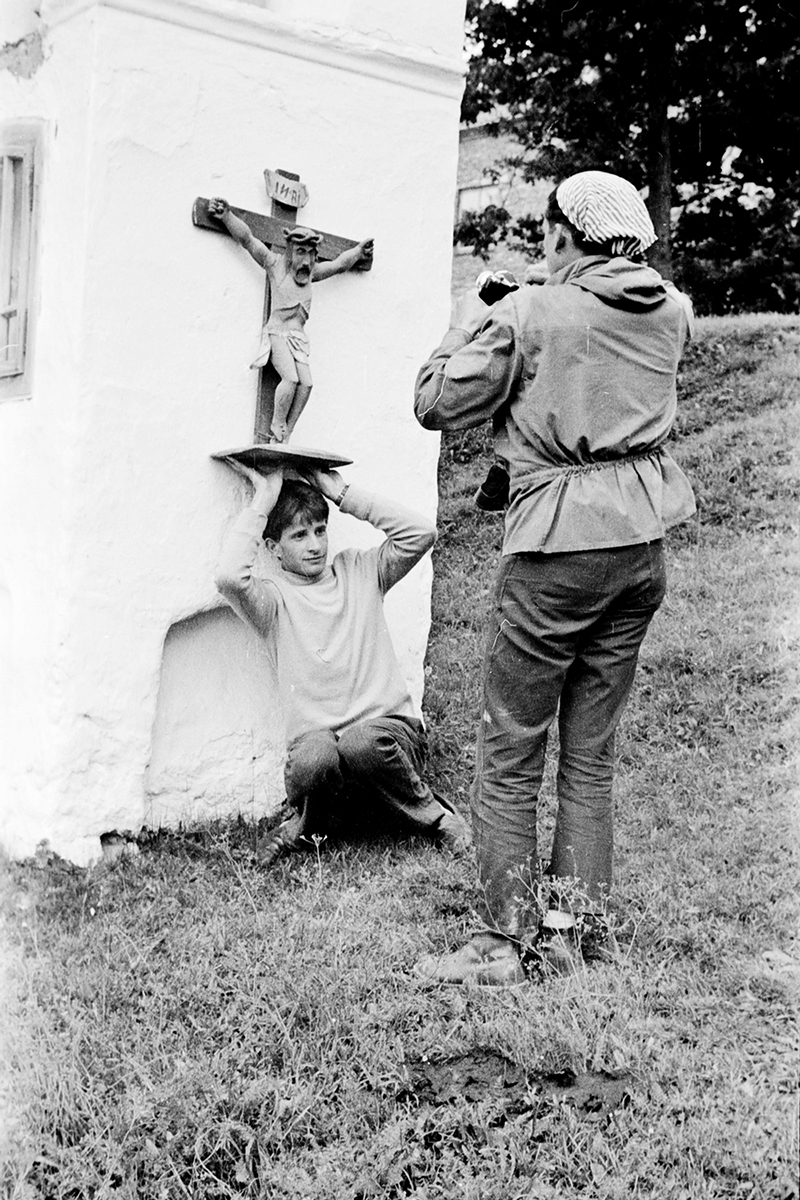
This is all detailed in notes and excerpts from correspondence that accompany the work. Here Schuman is taking on something of ethnography’s methods, accounting for the state of his research. It’s a deft touch that not only explains aspects of the project that would be otherwise opaque, but also suggests something of his intentions in looking at the ‘machinery’ of the museum’s collection, which interest him just as much – and ultimately perhaps more – than the objects in the collection, because it reveals what we deem worthy of preservation, what we collectively want to remember about the past, and this has much to tell us about how we have arrived at the present. Those values are woven invisibly into the archive, they are its deepest structure, and Schuman has attempted, in ultimately quite a respectful way, to bring them out. At stake here is not simply the collection itself, the artefacts that have been photographed by Schuman or even the museum that houses them, but rather the ideas and the relationships that bring all these elements together, the whole complex of assumptions that frame how we define a culture – and the vexed question of who gets to make that definition.
In one of the quoted emails, a museum official voices some concern about Shuman’s decision to call the project FOLK, fearing that it links the progressive attitudes of the current museum administration too closely with the reductive notions of ‘folk culture’ that litter ethnography’s past. There should, in fact, be no mistaking the power structures at work here. But Schuman does not engage in what might be called an overt criticism of how ethnography (or this specific collection) represents its subjects. By confining his own photographs to the objects that make up the collection and often pairing these with vintage pictures of the same objects (or photographs showing them as they were found and recorded in the field) Schuman is able to highlight the way that these objects are incorporated into the ideological machinery of the collection as representations, already coded by being (conceptually) positioned in a specific way; the ‘folk object’ becomes a stand-in for an idea of what ‘folk culture’ constitutes. These are still historical artefacts and important for being that, but Schuman’s treatment of them also makes explicit the mesh of interpretations and assumptions that this status entails. In fact, the importance of the objects – and of the collection as a whole – can’t be fully understood without taking these assumptions into account.
The place of photography is also significant here, specifically its role as a technology of power, which might not have been entirely clear to the ethnographers wielding it, but is undoubtedly apparent to us. Telling in this regard is the inclusion of several ‘anthropometric’ images that atomize living people into subjects of study, an example of a ‘type’ and not an individual. The resemblance of this material to prison records and even to the kind of files kept in Nazi concentration camps implies a commonality of systems, though it is only fair to point out that present-day ethnographers are far more sensitive to these issues. Even how their predecessors have represented themselves at work has a touching sincerity to it that belies the potentially oppressive roles and identities their research efforts imposed. But the very inclusion of this material hints as well at how it might now be possible to reframe our understanding of folk cultures, in whatever way they are to be defined. While Schuman’s journey begins in looking at his own family’s history, the destination he arrives at – and the route he takes – ends up having a far wider resonance, even if it still contained in one small, indeed largely vanished part of the world.
Aaron Schuman will be in launching FOLK at The Photographers’ Gallery with a book signing and in conversation with David Campany, 21st July 2016, 6-9PM

